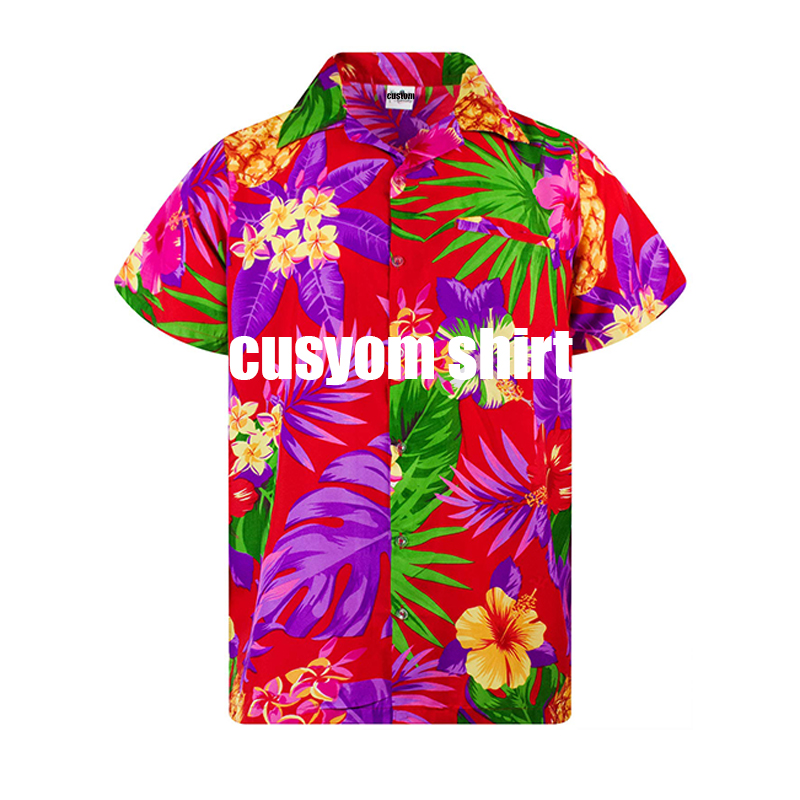The Cultural Significance and Evolution of Hawaiian Aloha Shirts
Many travelers don berets to tour Paris or buy floral Aloha shirts the day they land in Hawaii. Dressing like a local when you go to a new place can be a way to fit in and immerse yourself in a new destination.
A Hawaiian shirt is seen fluttering in the wind. The iconic button-downs have been made and widely worn in the islands since the 1930s.
Many travelers don berets to tour Paris or buy floral Aloha shirts the day they land in Hawaii. Dressing like a local when you go to a new place can be a way to fit in and immerse yourself in a new destination. "Adopting sartorial codes and social mores is a form of recognition and gratitude," says Denise N. Green, a Cornell University professor of apparel design.
Still, if you're purchasing and putting on a piece of clothing that represents a particular place or people, there's a fine line between cultural appreciation and cultural appropriation. It's OK to slip on a kilt in Scotland, a kimono in Japan, or a sari in India, particularly for a celebration.
"Wearing something from another culture in a way that demeans, ridicules, or lampoons it is clearly inappropriate, unethical, and harmful," says Green. "On the other hand, wearing a culturally appropriate garment in the community of origin, for a special event like a wedding or when a particular dress code is expected, can be an act of appreciation."
Aloha shirts Hawaiian
Stroll around Honolulu's Waikīkī Beach, and you'll find dozens of brightly lit ABC Stores stocked with snacks, souvenirs, and Aloha shirts. The iconic short-sleeved button-downs—often in flamboyant prints (coconut trees, pineapples, sea turtles)—could put anyone into an instant vacation mood.
But they're also favored by locals, especially politicians and businesspeople. "In Hawaii, Aloha shirts are worn nearly everywhere and by everyone," says Chelle Pahinui, executive director of the Theatre on the Big Island of Hawaiian shirt.
Aloha shirts originated in the islands in the 1930s, often made by Japanese immigrants using kimono fabric. Over the years, the fabrics evolved along with Hawaii's multiethnic community—silk from Chinese immigrants, rice bags from Japanese immigrants, and palaka, a plaid introduced by 18th- and 19th-century English sailors. The prints began to reflect Hawaiian culture: canoes, rainbows, surfers.
(Explore the history behind Hawaiian hula.)
Good Aloha shirts have coconut or shell buttons "Everyone—from presidents to beach boys—loves Aloha shirts," says Pahinui. "And if you put one on outside of Hawaii, you'll find a little piece of paradise."

